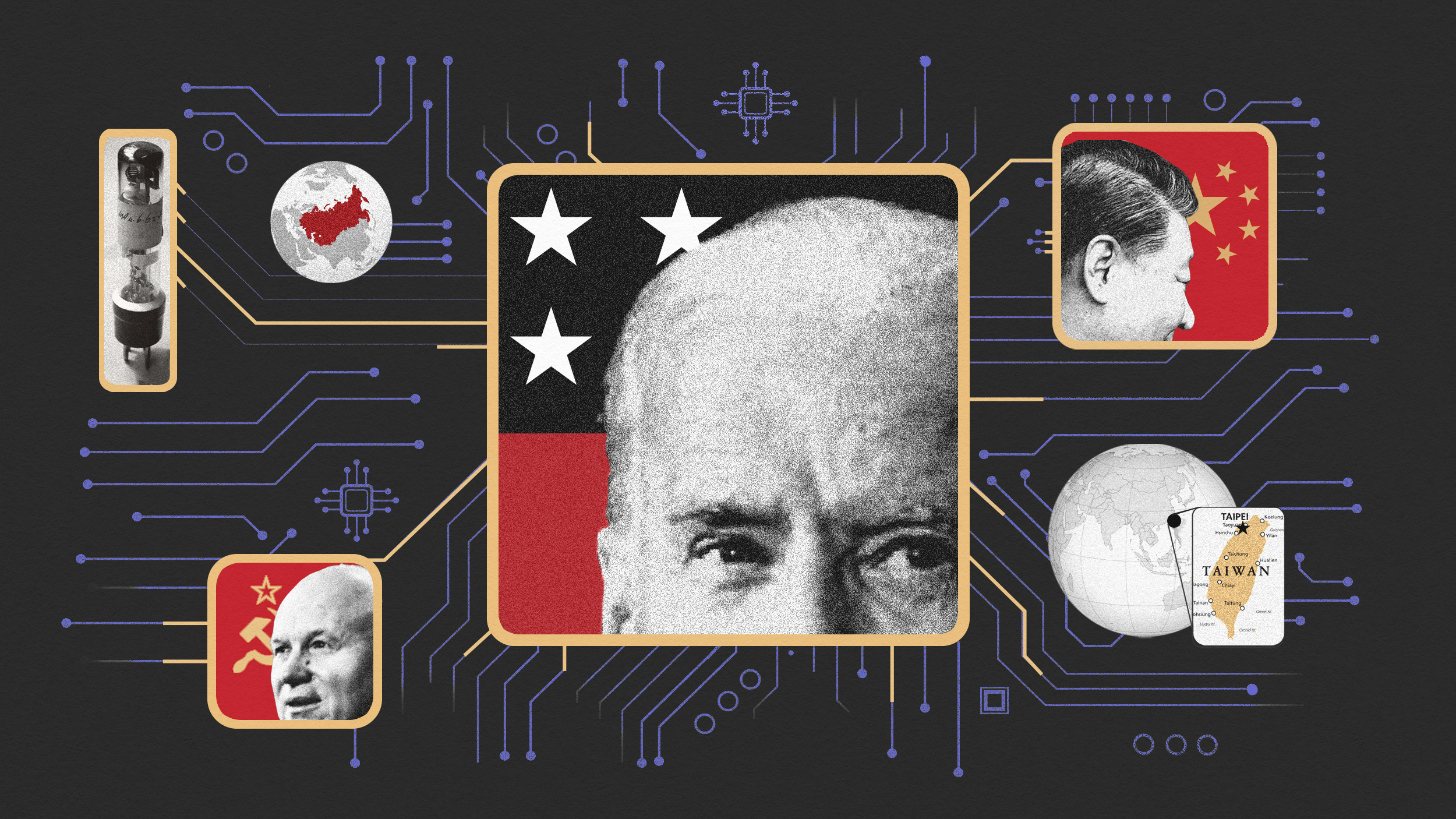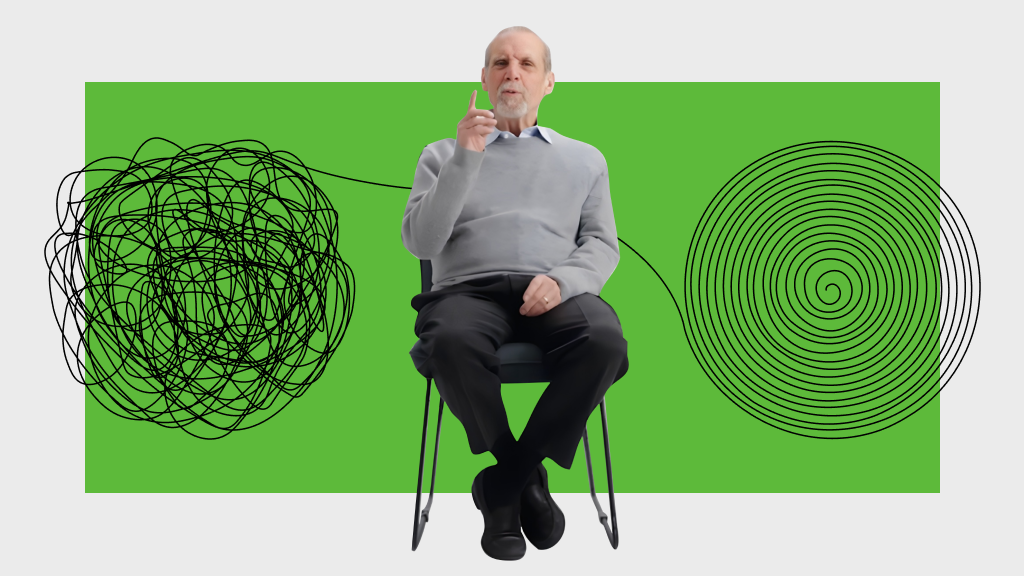Some factions of the right wing wanted drastic change, while others fought for the status quo.
Question: What is modern conservatism?
Kim Phillips-Fein: Well, conservatism -- people who write about conservatism know that the idea is a vexed one in some ways, that conservatism as a political ideology contains within itself several different strands that are in some ways really at odds with each other. So one strand flows from I guess you would say the reaction against the French Revolution and Edmund Burke, and the whole idea that it's impossible for people to consciously make efforts to change society; that doing so is dangerous, that it destroys tradition, it destroys organic social relationships, and that it ultimately will lead to violence and social chaos. So in some ways you really shouldn't try to change anything. You should -- the only way that things can change and should change is slowly, through unconscious processes and the working out of organic relationships.
So I think that's kind of one -- one strain is an attempt to conserve things, to keep them the same, to not allow too rapid or radical change. This in some ways is at odds with the other kind of major stream of modern conservatism, which focuses on the market and allowing the market to do its work without interference from the state. And the thing is that even though there's a lot of continuity between these positions in some ways, where the people who **** are pro-market want to prevent the conscious intervention of the state or of collective groups imposing their will on the market. So in that sense, a certain hostility to the use of reason or to any effort, any belief that people really can shape their own history -- a sense you should stand back and let things happen.
At the same time, the market itself brings about radical social transformation. And economic development and capitalism -- the growth of capitalism really radically transforms all of those older social relationships. It changes family life, it changes community life, it changes religious life. So those kind of bulwarks of society that for Burkeans seem so important to protect are actually really threatened by the market. So in this way these two sides of conservatism intellectually seem at odds with each other. At the same time, I think they do have certain underlying similarities; you know, this hostility to rationality, this sense that inequality is acceptable, okay, the necessary way of the world. It's this certain hostility to the state. So it's a funny thing: on the one hand they're different, on the other they have certain tendencies that maybe are not as different as they might seem.
Question: When did the modern conservative movement begin?
Kim Phillips-Fein: Right. The birth point. Right, right. Well, I think the way people see the modern conservative movement in America has gone through several shifts. One kind of -- oftentimes the way it's been seen is that there a kind of dominance of liberalism in the immediate postwar period after World War II. Liberalism was dominant, and it was really only in the late '60s that it began to break down when the liberal order was attacked by the new left and by radical groups, which in turn were attacked by -- the radicalism of these groups prompted a backlash from the people who had previously made up the backbone of the Democratic Party, white, working-class ethnic voters in cities in the north, and also the support of the white south for the Democratic Party. So frequently the way it's been seen is that there was this backlash in the late '60s and early '70s, and that led to Nixon's election and then later on to Reagan's election at the end of the '70s and the decline of the New Deal order. So that's one way it's been seen. And **** there have always been other ways that historians have seen the rise of American conservatism. Many have linked it back to the immediate postwar period itself, when you see the growth of an intellectual conservatism, the founding of National Review in the mid-'50s, the -- some people go back even further to the New Deal and see the reaction against the New Deal as the real birth point of modern conservatism.
So there's an -- and the suggestion that there's been kind of the growth of a grassroots conservative activism throughout the '50s and '60s and '70s and that that movement, that kind of forward-looking grassroots movement, is really what has given conservatism its staying power; not just the backlash of the late '60s and early '70s, but also this longer underlying trend. I mean, I think there are historians who go further still and say the Ku Klux Klan, the rise of big business in the late 19th century, that you can find the dominance before the New Deal of a laissez faire set of economic ideas, that all of these parts -- kind of racial conservatism, religious fundamentalism, market ideology -- all of those things go back before the New Deal. And so in some ways they were there waiting to be reawakened. So that's yet another view.
Recorded on October 22, 2009





